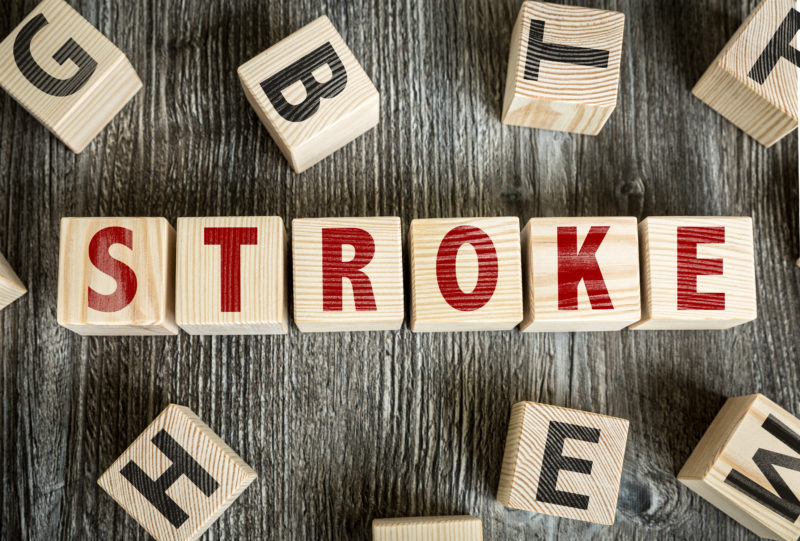Stroke in kids: What’s different?

Every May, we recognize National Stroke Awareness Month to honor everyone who has experienced a stroke — and to raise awareness of this disease. That awareness is especially important for pediatric stroke, which is more common than you might imagine. “Stroke occurs throughout childhood, from birth through 18 years of age, and more commonly than people think,” says Dr. Michael Rivkin, co-director of the Stroke and Cerebrovascular Center at Boston Children’s Hospital. “In fact, among newborns, its occurrence is very nearly that of its occurrence in older adults.” Here, he shares four facts parents need to know about pediatric stroke — and how it differs from that in adults.
Kids aren’t immune.
Despite the misconception that stroke is a disease of the elderly, anyone can experience one — including infants and children. Babies can even have strokes while they are still in their mother’s womb. All told, strokes occur in an estimated 1 in 2,500 live births and affect nearly 11 out of 100,000 children under age 18 every year. The risk of having one is highest in a child’s first year of life, particularly during the few weeks before and after birth.
Kids can have different risk factors.
Most of us are familiar with the factors that can raise the risk of stroke in adults, such as cardiovascular disease, an irregular heartbeat, obesity, diabetes and smoking. But children are more likely to experience a stroke for different reasons, says Dr. Rivkin. Common risk factors for pediatric stroke include congenital heart disease, blood vessel abnormalities (such as arterial dissection and moyamoya), disorders that increase the blood’s tendency to clot (such as sickle cell disease), infection or inflammation.
Kids can have different symptoms.
In adults, we’ve been taught to look for the most common warning signs — classic symptoms such as facial drooping, arm weakness or numbness and speech difficulties. Although these signs can also be used to help identify the problem in children, kids can exhibit other symptoms as well. Newborns and young children may be extremely sleepy, use only one side of their body and experience seizures. In children and teenagers, severe headaches, vomiting, dizziness and trouble with balance and coordination, as well as seizures, may signal a stroke.
Kids tend to recover better.
Because children’s brains are still developing, they tend to recover better than many adults. Indeed, the problems that result from the stroke (such as weakness and numbness) can often improve over time with therapy. A team approach to pediatric stroke — including child neurologists, hematologists, neurosurgeons, interventional and neuroradiologists, physical and occupational therapists, speech and language therapists, neuropsychologists, educational specialists, and physical and rehabilitation medicine physicians — is optimal. “We understand that a multidisciplinary and intensive approach to care of children with stroke provides the best route to recovery,” says Dr. Rivkin.
Related Posts :
-

Unveiling the hidden impact of moyamoya disease: Brain injury without symptoms
Moyamoya disease — a rare, progressive condition that narrows the brain’s blood vessels — leads to an increased risk of stroke ...
-

‘A lot better now’: Andrew’s recovery from Rocky Mountain spotted fever and a stroke
When Andrew was bitten by a tick in 2021, he and his parents could hardly have imagined that just a month ...
-

Going back to school with a chronic condition
Going back to school can be a time of excitement for many families: Your kids are looking forward to reconnecting ...
-

Lessons from Emma: Mom shares how RNS has changed their lives
Emma’s journey with the Epilepsy Center at Boston Children’s Hospital began three years ago when she came to ...





